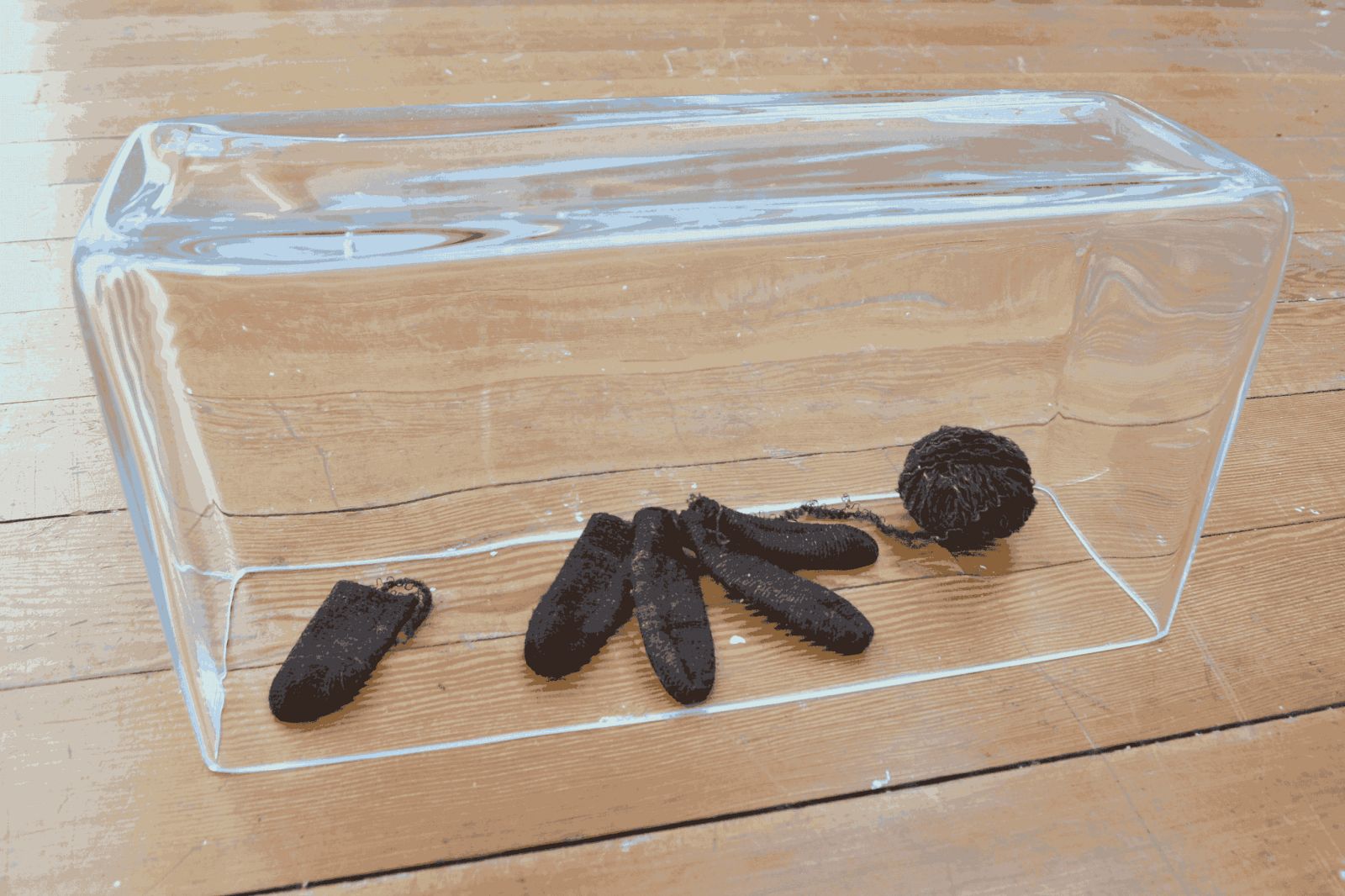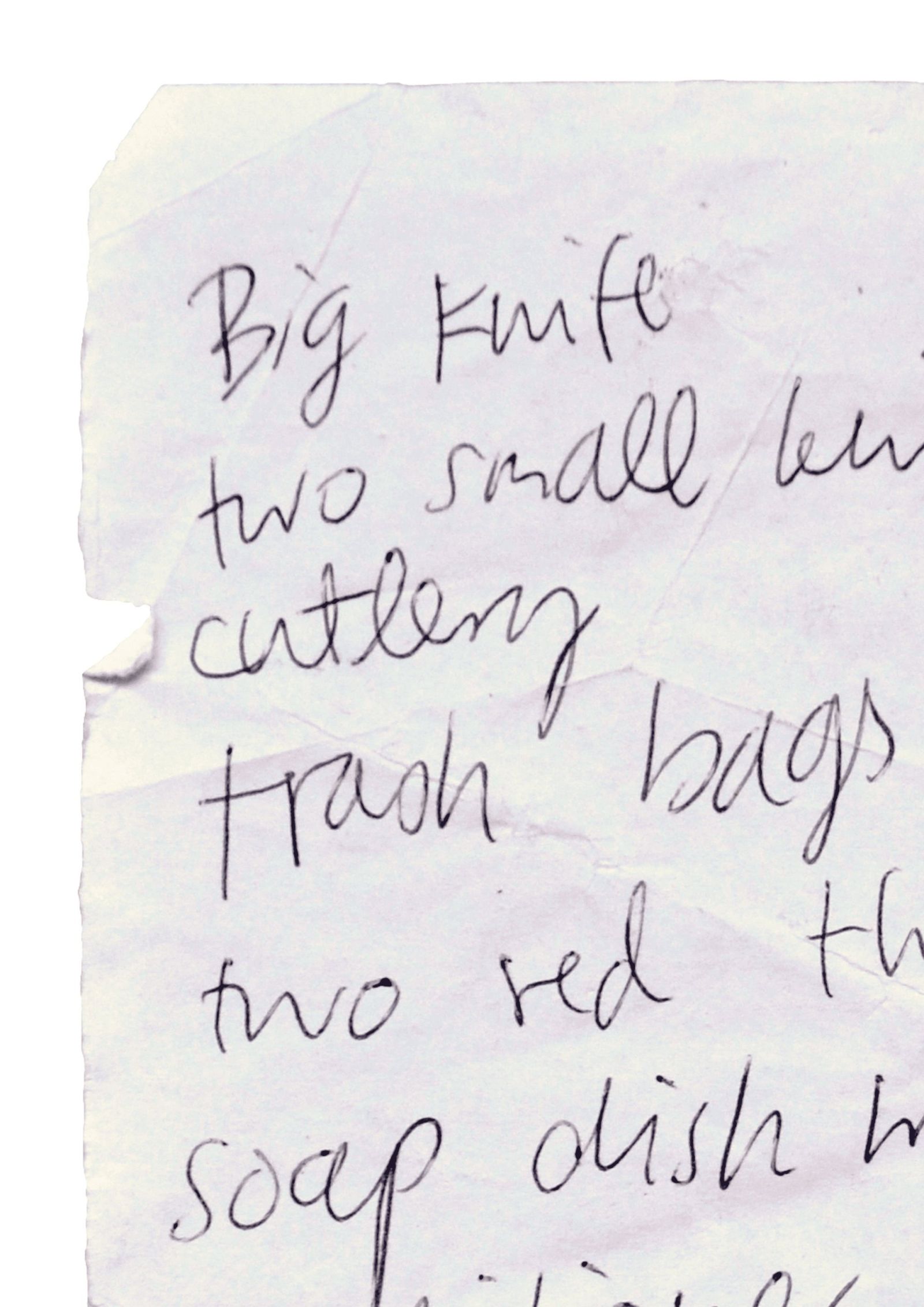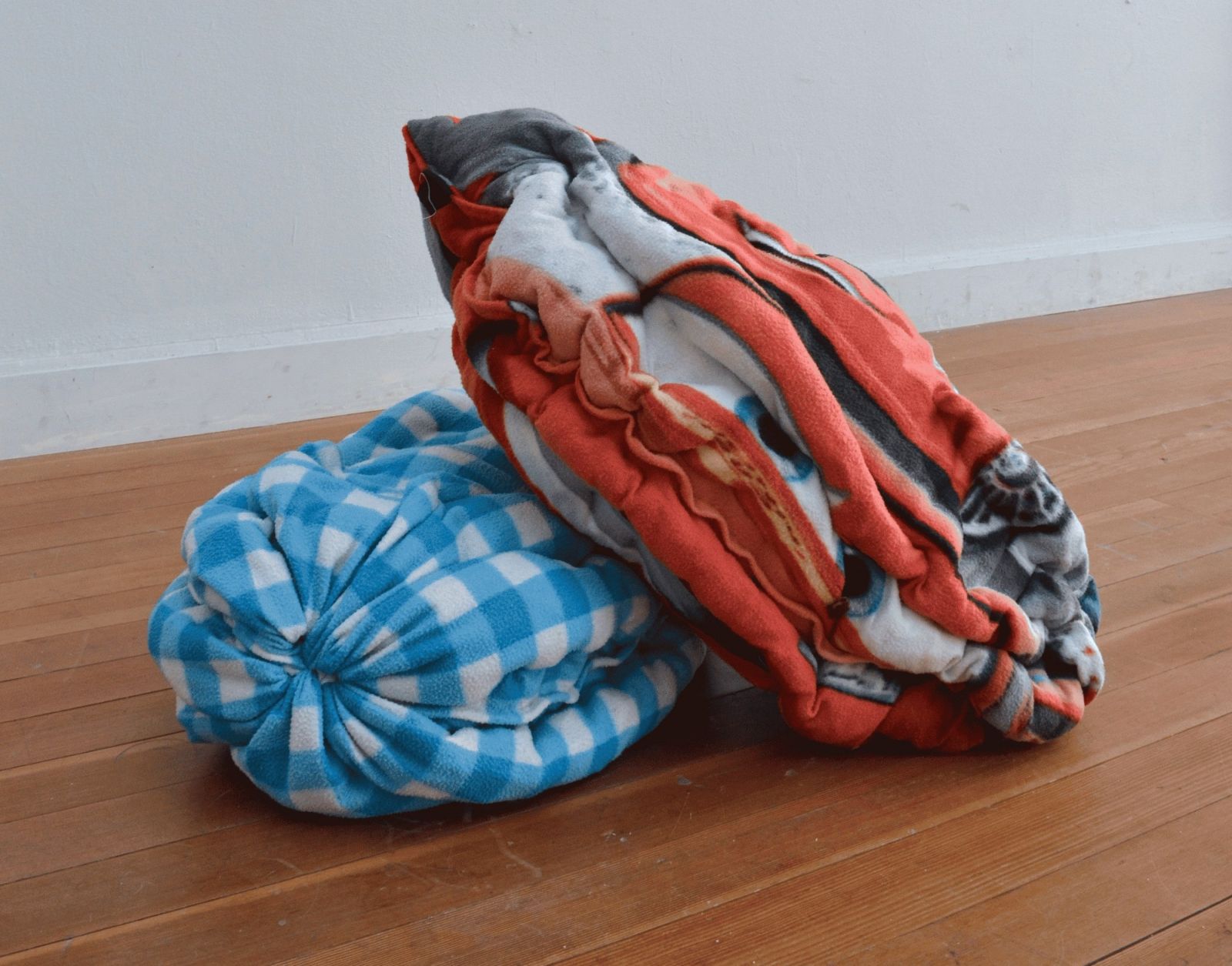
Quinn Zeljak
Keywords: Disability, Post-apocalypse, Worldmaking
As an artist, writer and researcher, I am primarily concerned with the intersection of disability studies and art. My work aims to move away from a medical model of disability and establish my own body as a site of knowledge, norms and values. What might the world look like if we started with our bodily variety and then built outwards? And just how far do we need to unstitch our current world to get there?

-
In the aftermath of my developing chronic illness my relationship to time changed fundamentally. First this happened through long hours of boredom boredom and pain. Later, when the dust settled, I began to question cultural narratives around progress and what it means to lead a life worth living.
I discovered life affirming theory in disability studies, but I found emotional refuge somewhere else entirely; I watched a lot of post-apocalypse movies. Once upon a time, time itself was a linear march towards progress, but here in the wasteland there is no such thing. The world has not merely ended, we have lost the organizing principle of a belief in an ending*. The genre sits within constant tension between what is and what is supposed to be here. So too does my disability serve as a constant reminder of what my body was supposed to be.
-
-
-
-
-
-
*Teresa Heffernan, Post-Apocalyptic Culture
-
My work is an attempt to unpick time and progress in a similar way. Used bed sheets, discarded gloves and grocery lists complicate their relationship to their own endings. The idea of purpose is pulled apart and hastily, or maybe very slowly, stitched back together. I want to show you the seams, the rips and the evidence that something else used to be here.
I suggest you linger just a little longer in the ontological crisis that has come to be a cornerstone of my work as an artist. The wasteland might look barren, but once you settle down, I’ll think you’ll find it’s not the end of the world.

